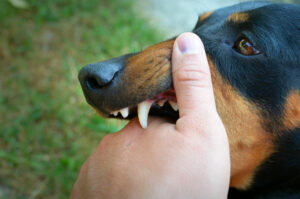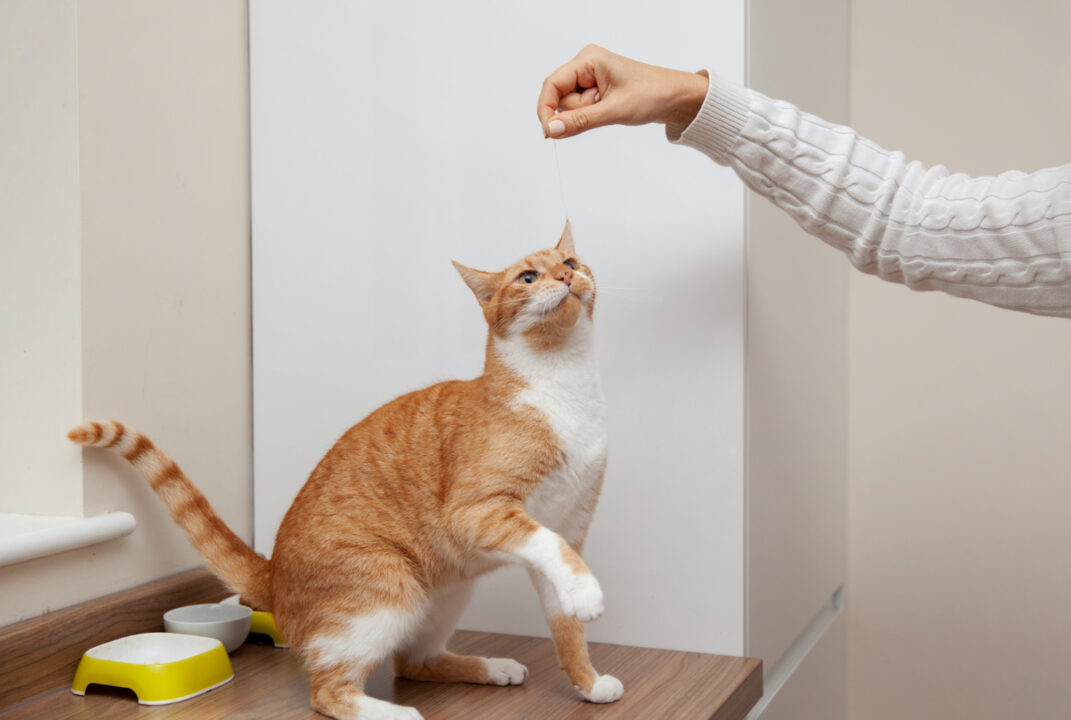Animal companionship offers immeasurable joy, companionship, and love. However, it also comes with inherent risks such as the possibility of dog and cat bites. These incidents occur more frequently than you might imagine, with millions of such bites reported annually. It is crucial to understand the necessary steps to treat these bites and, whenever possible, how to prevent them from happening in the first place.
Understanding Dog and Cat Bites
Dogs and cats typically bite in response to fear, pain, or provocation. While most pet bites are not severe, they can pose significant health risks. Both cat and dog bites can introduce bacteria into the body, leading to infections such as cellulitis. Cat bites, in particular, carry a risk of transmitting bacteria like Pasteurella multocida, which can cause serious infections.

Immediate Response to a Dog or Cat Bite
Should you or someone else be bitten, the initial response is critical. First and foremost, ensure the animal is calmed and restrained to prevent further injury. Next, clean the wound immediately with warm water and mild soap, which will help to remove dirt and bacteria.
It’s important to gauge the severity of the bite. If the wound is deep, bleeding heavily, or inflicted by an unfamiliar or wild animal, seek emergency medical attention right away. Pain management in the initial stages can involve over-the-counter pain relievers, but severe pain should be addressed by a healthcare provider.
The Role of Professional Healthcare
Certain circumstances necessitate a visit to a healthcare provider. If the bite is deep, if it becomes red or swollen, or if you notice pus, it’s time to seek professional help. Healthcare providers can administer tetanus shots or rabies vaccinations if needed. Rabies is a particular concern with bites from wild or stray animals.
Antibiotics may be prescribed to preempt or treat an infection. In severe cases, especially when bites have caused extensive tissue damage, surgical intervention may be needed. This could involve stitching the wound or more complex reconstructive procedures.
At-Home Treatment and Aftercare
After the initial treatment, caring for the wound at home is vital. Keep the wound clean and dressed, changing bandages as directed by your healthcare provider. Over-the-counter treatments, such as topical antibiotics, or antiseptic sprays, can help prevent infection.
However, vigilance is crucial. Monitor the wound closely for signs of infection, including increased pain, redness, swelling, or pus. Any changes should prompt an immediate return to the healthcare provider.

Prevention of Future Bites
Preventing bites is a critical aspect of responsible pet ownership. For pets showing signs of aggression, consider consulting a professional trainer or behaviorist. Interacting safely with unfamiliar dogs and cats also involves understanding their body language and giving them space.
Regular veterinary visits are important for your pet’s overall health and behavior management. Vets can provide advice on managing aggressive behaviors and can rule out any health issues causing discomfort and consequent aggression.
Legal and Ethical Considerations
In many places, dog and cat bites must be reported to local health departments or animal control agencies. This allows authorities to monitor potential rabies outbreaks and enforce local pet regulations.
For pet owners, understanding local laws is crucial as they could face fines or other consequences if their pet injures someone. Equally important is to consider the potential outcomes for the pet, which could range from quarantine to, in severe cases, euthanasia.
Conclusion
Being aware of how to respond to and treat dog and cat bites is essential for all pet owners and even non-pet owners. Through responsible pet ownership, understanding animal behaviors, and knowing how to treat bites with proper wound care promptly and effectively, we can ensure safer environments for ourselves and our pets. Remember, while we can treat the physical wounds, preventing them from happening should always be the priority.




